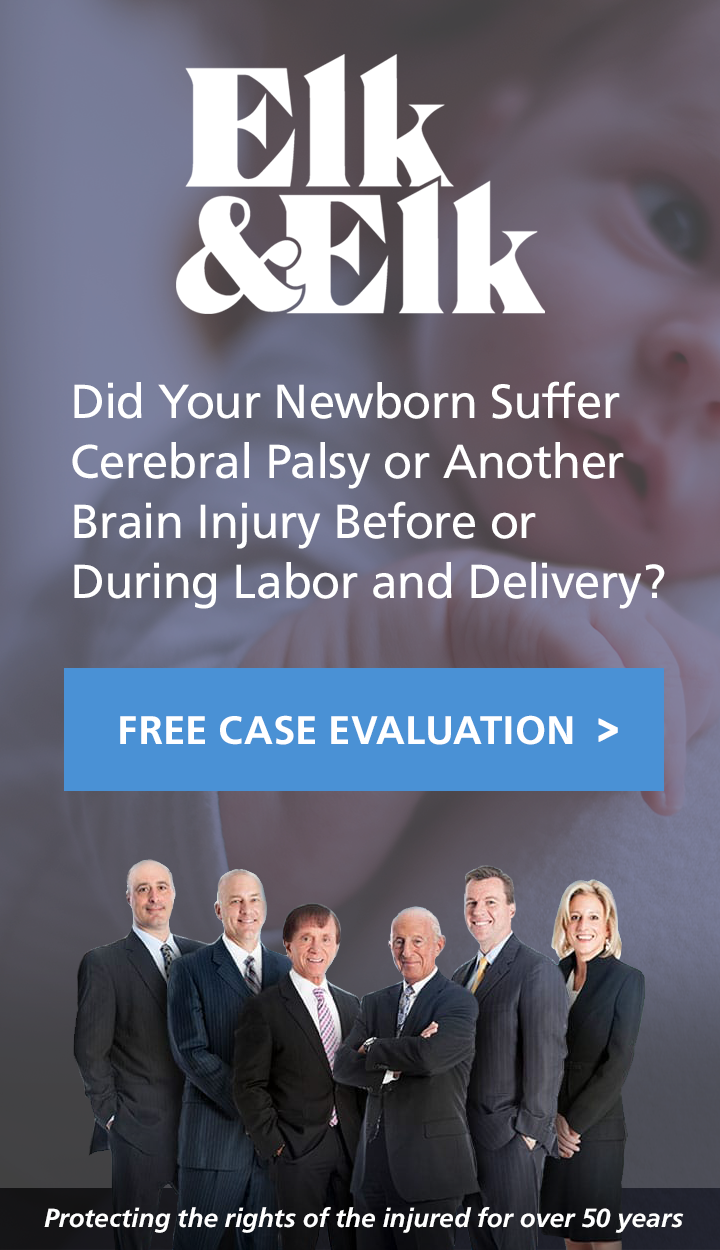How does BI Affect Consciousness
Patients who suffer from mild brain trauma may only lose consciousness briefly and make a full recovery in the majority of cases.
Get A 100% Free CASE EvaluationHowever, some children and infants may only show signs of persistent injury as their brain develops. In some cases, these problems can cause significant disability.
Brain injuries often cause a longer period of loss of consciousness, which is highly distressing for most people. Victims suffering brain trauma may lose consciousness for only a few minutes. In other cases, this condition can last for many weeks or even years. Medical professionals classify abnormal levels of unconsciousness into five states:
1. Stupor
Children and newborns in a stupor are in a sleep like state for a long time. They often remain unresponsive until aroused by some external or internal stimulus like loud noise or sharp pain.
Frequently, brain injury can cause damage to the brain stem, leading to a loss of consciousness. Bleeding can exacerbate the damage.
2. Coma
Coma is a more progressive state of unconsciousness where an infant will not awaken even by vigorous stimulation. Not all patients in a coma lie still and unmoving. They may utter some words or move their limbs in a way that gives the false appearance of consciousness.
The severity of a coma may be measured by the Glasgow Coma Scale. This is a 15 point scale that not only describes the level of severity but also assists doctors with a prognosis. When children emerge from a coma, their recovery progress may be slow, and they can be left with both physical and mental impairments that require special treatment and therapy.
Comas can deepen as time goes on. This reduces brain response and chances for recovery. Some children may regain full awareness, while others may be left permanently with basic brain responsiveness.
3. Vegetative State
A child in a vegetative state often acts quite differently to one in a coma. They may experience periods of alertness during a sleep-wake cycle. Whereas patients in a coma have their eyes closed, children in this state very often open their eyes and may show a response to stimuli.
A vegetative state can last for a few weeks and is usually caused by damage to the cerebral hemispheres of the brain rather than the lower regions of the brain or brainstem. An infant or child who does not emerge from a vegetative state within 30 days is then classified as being in a persistent vegetative state.
An article by the National Institute of Neurological Disorders and Stroke reports that children have a 60 percent chance of regaining consciousness within six months from a persistent vegetative state. Patients in this state for longer than a year may never regain consciousness and those who do suffer substantial disability.
4. Locked-in Syndrome
This is a particularly distressing state of consciousness for a child or newborn to be in. They are awake and aware, but cannot move or speak. This state is caused by damage to the lower regions of the brain that control mobility and speech. The patient’s thought processes, memory, and emotions are intact. Although some children may be able to communicate by blinking or have the ability to move some muscles, most of them never regain motor control.
5. Brain Dead
This state denotes a complete absence of brain function. Without life support, the patient can die.


